Velvety-legged whip (Pluteus plautus)
- Vaega: Basidiomycota (Basidiomycetes)
- Vaevaega: Agaricomycotina (Agaricomycetes)
- Vasega: Agaricomycetes (Agaricomycetes)
- Vasega laiti: Agaricomycetidae (Agaricomycetes)
- Poloaiga: Agaricales (Agaric poʻo Lamellar)
- Aiga: Pluteaceae (Pluteaceae)
- Ituaiga: Pluteus (Pluteus)
- ituaiga: Pluteus plautus (velvety-legged pluteus)
:
- Pluteus impoverished
- Pluteus boudieri
- Pluteus dryophiloides
- Pluteus punctipes
- Pluteus hiatulus
- Plutey flat
- Plutey graceful
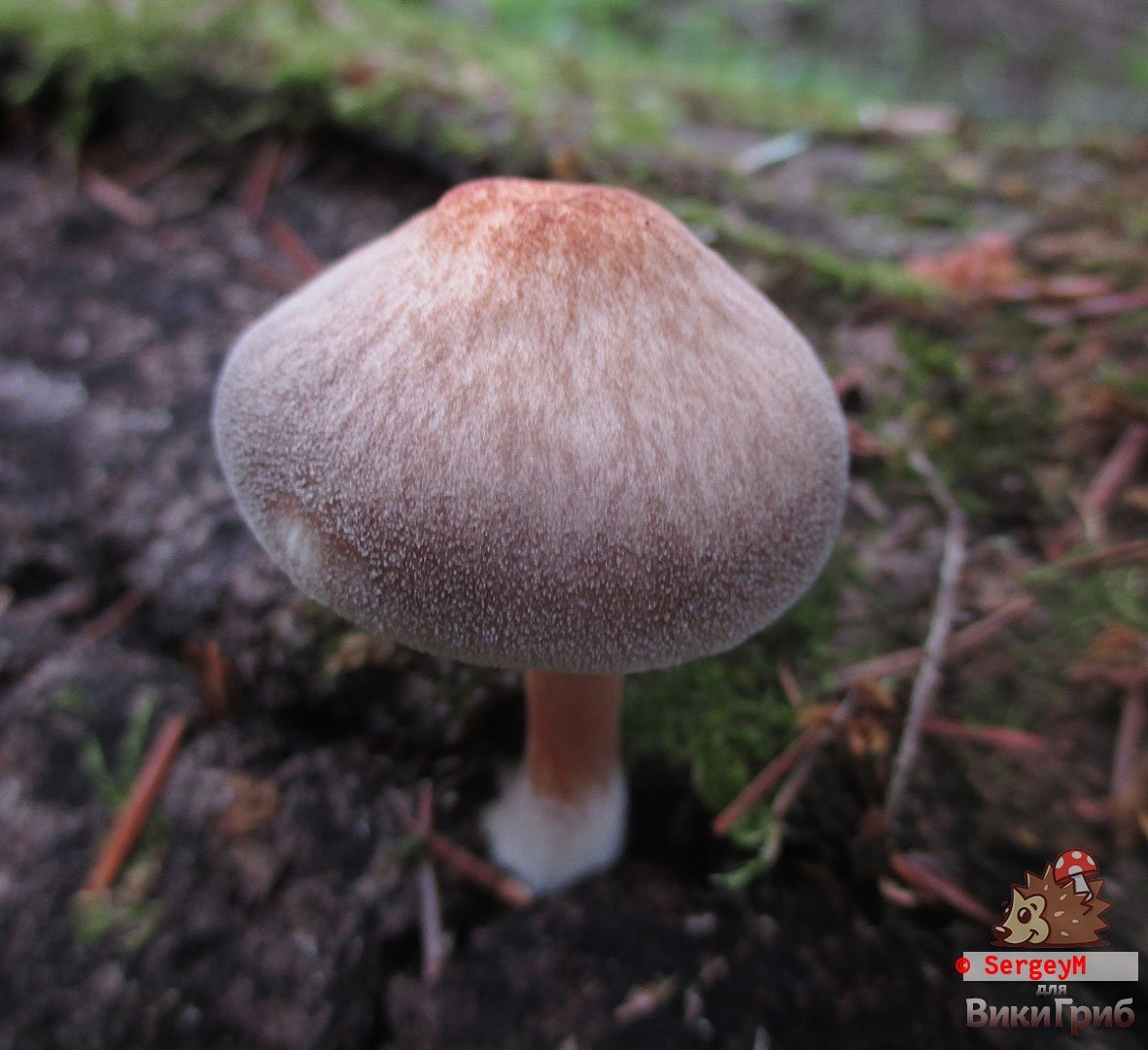
Morphologically, the genus Pluteus is characterized by fruiting bodies often of small or medium size without a veil, or in some representatives with a veil, loose plates and pink spore powder. All representatives of the genus are saprotrophs, but some can show biotrophic activity, settling on dying trees, they do not form mycorrhiza.
The genus Pluteus was described by Fries in 1835. Initially, a number of species attributed to this genus today were considered within the large genus Agaricus L. Since the description of the genus Pluteus, many researchers have made a significant contribution to its study. However, the taxonomy of the genus is still not clear enough. Even now, different schools of mycologists do not have a common opinion both on the volume of some species and on the significance of individual taxonomic characters. In different classification systems (the Lange system, the Kuhner and Romagnesi system, and more modern ones: the Orton system, the S.P. Vasser system and the Wellinga system), the Pluteus plautus we are considering still has a number of macrofeatures that make it possible to distinguish it from close independent species: P. Granulatus, P. Semibulbosus, P. Depauperatus, P. Boudieri and P. Punctipes. However, some authors do not consider P.granulatus a separate species.
Current name: Pluteus plautus (Weinm.) Gillet, 1876
ulu with a diameter of 3 – 6 centimeters, finely fleshed. The shape of the cap is convex with a small tubercle in the middle, as it grows, it becomes prostrate, flat with a thin fibrous edge; in mushrooms with a large hat, the edge is furrowed. The surface is velvety, covered with small scales. Color – from yellow, brown to yellow-brown, in the center a hat of a darker shade.
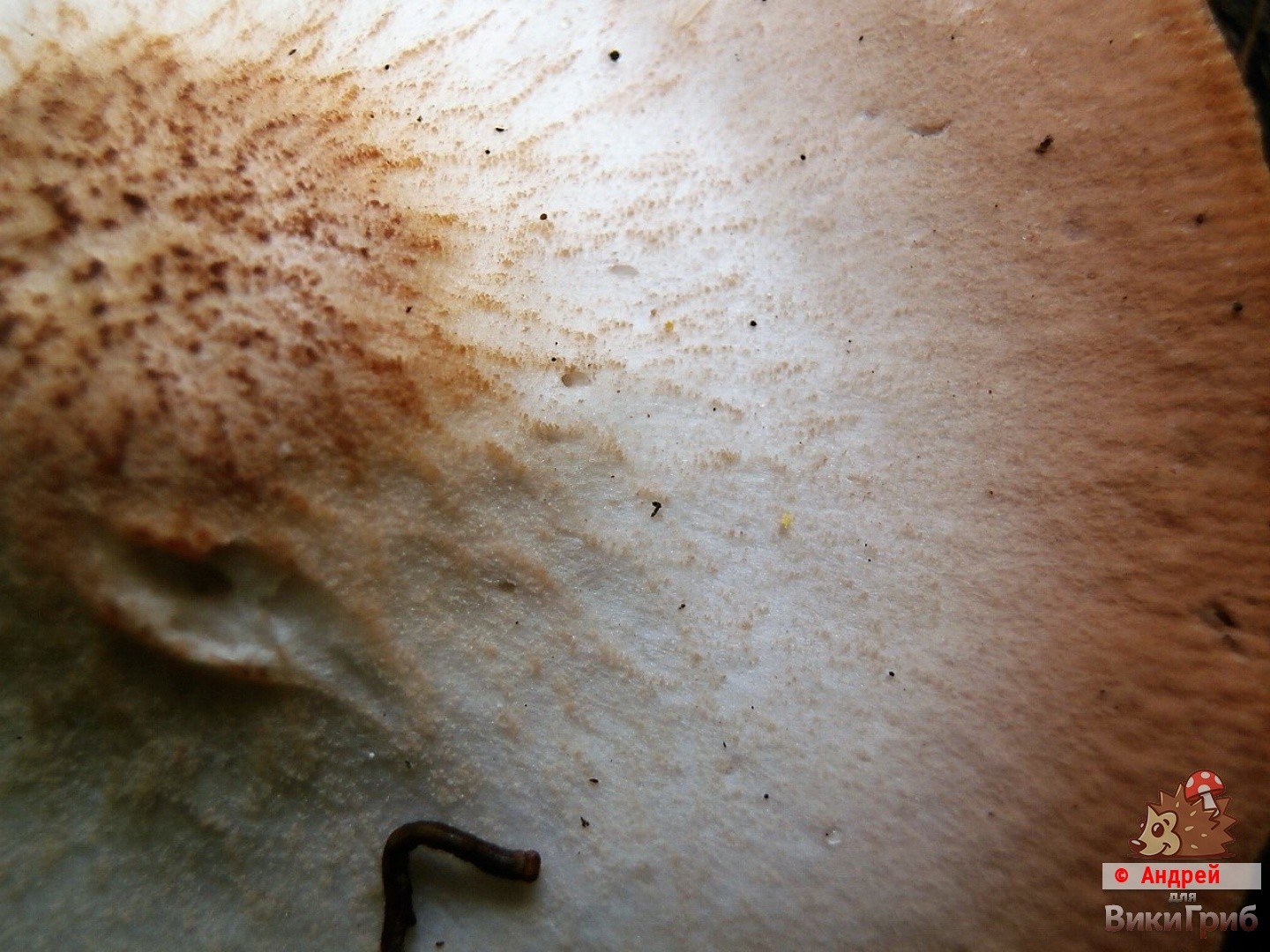
The flesh of the cap is white or light gray, not changing color when cut. The cover is missing. The taste is neutral, the smell is sharply unpleasant.
Hymenophore mushroom – lamellar. The plates are free, wide, often located. In young mushrooms, they are white, with age they acquire a light pink color with lighter edges.
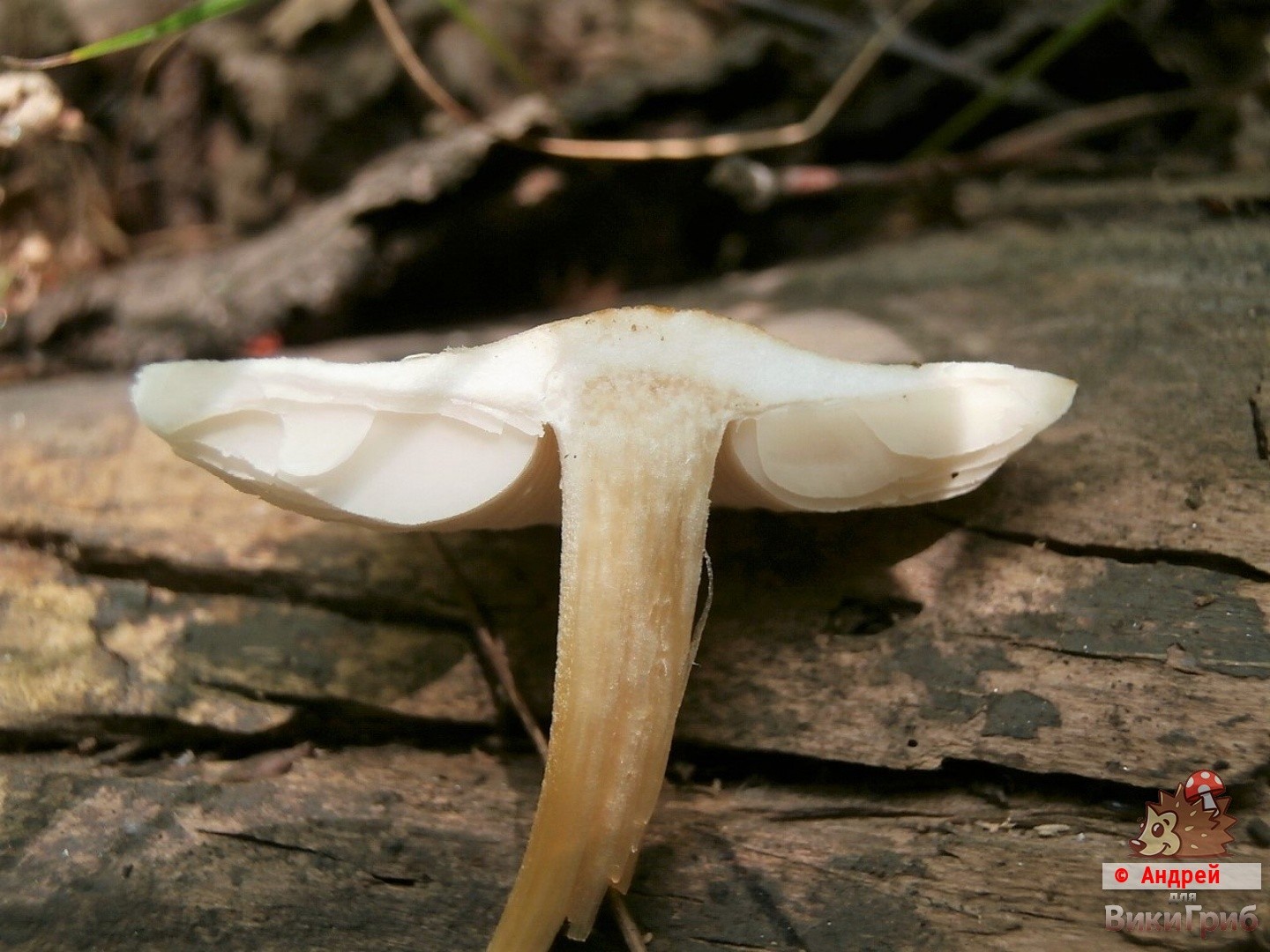
vae central from 2 to 6 cm in length and from 0,5 to 1 cm wide, characterized by a cylindrical shape with a slight thickening towards the base. The structure of the leg pulp is dense, brownish in color, the surface is whitish with characteristic small darker scales, giving a velvety texture, which gave the name to the fungus.
lolomi lolomi piniki
Feeseeseaiga smooth ellipsoid, ovoid 6.5 – 9 × 6 – 7 microns.
Basidia with spores (actually there are 4, but not all of them are visible) and without on the whole plate. (2.4 µm/div):
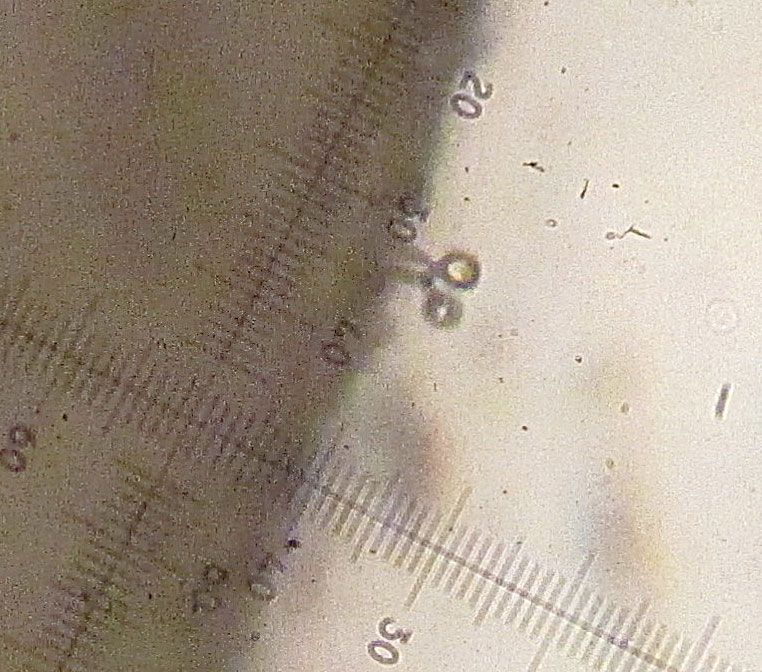
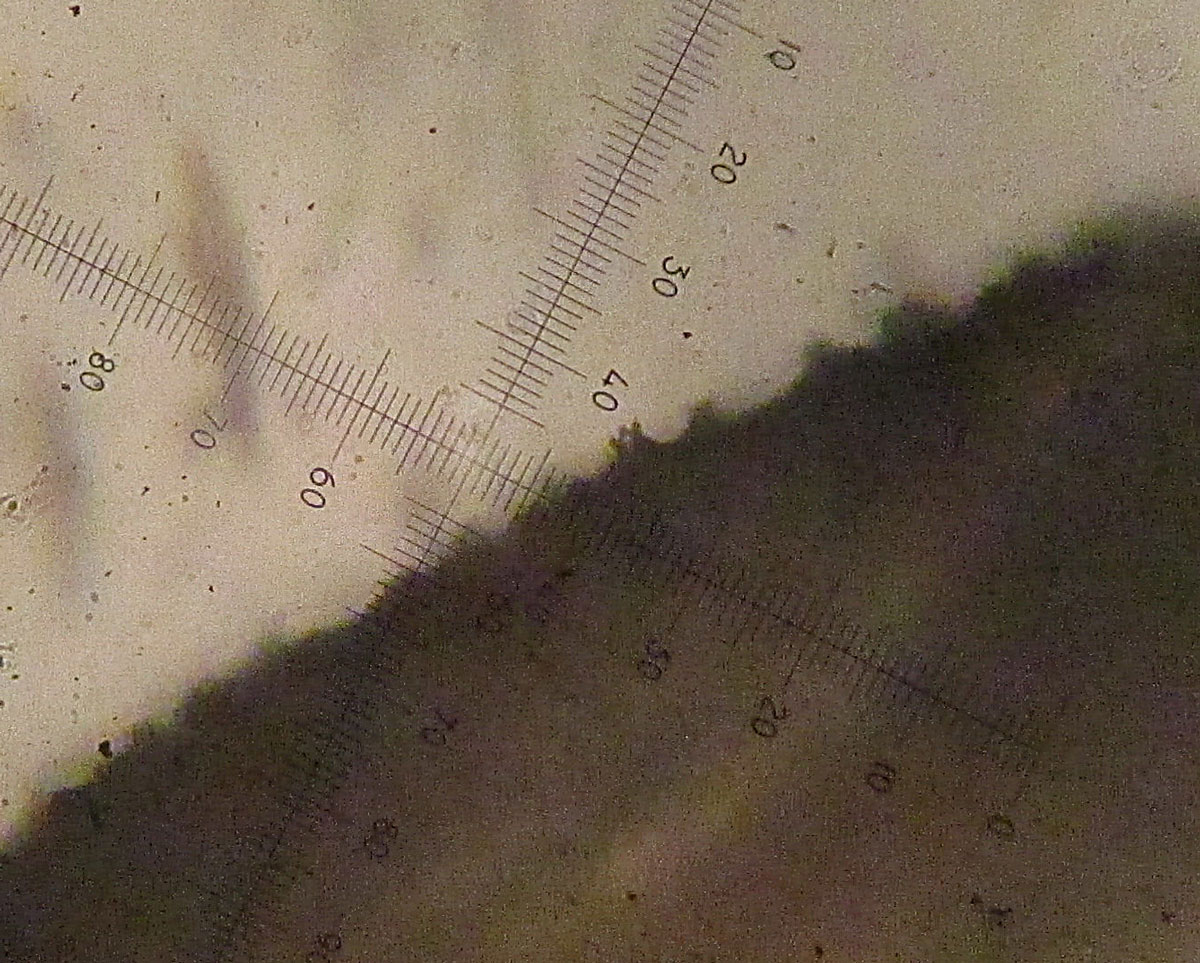
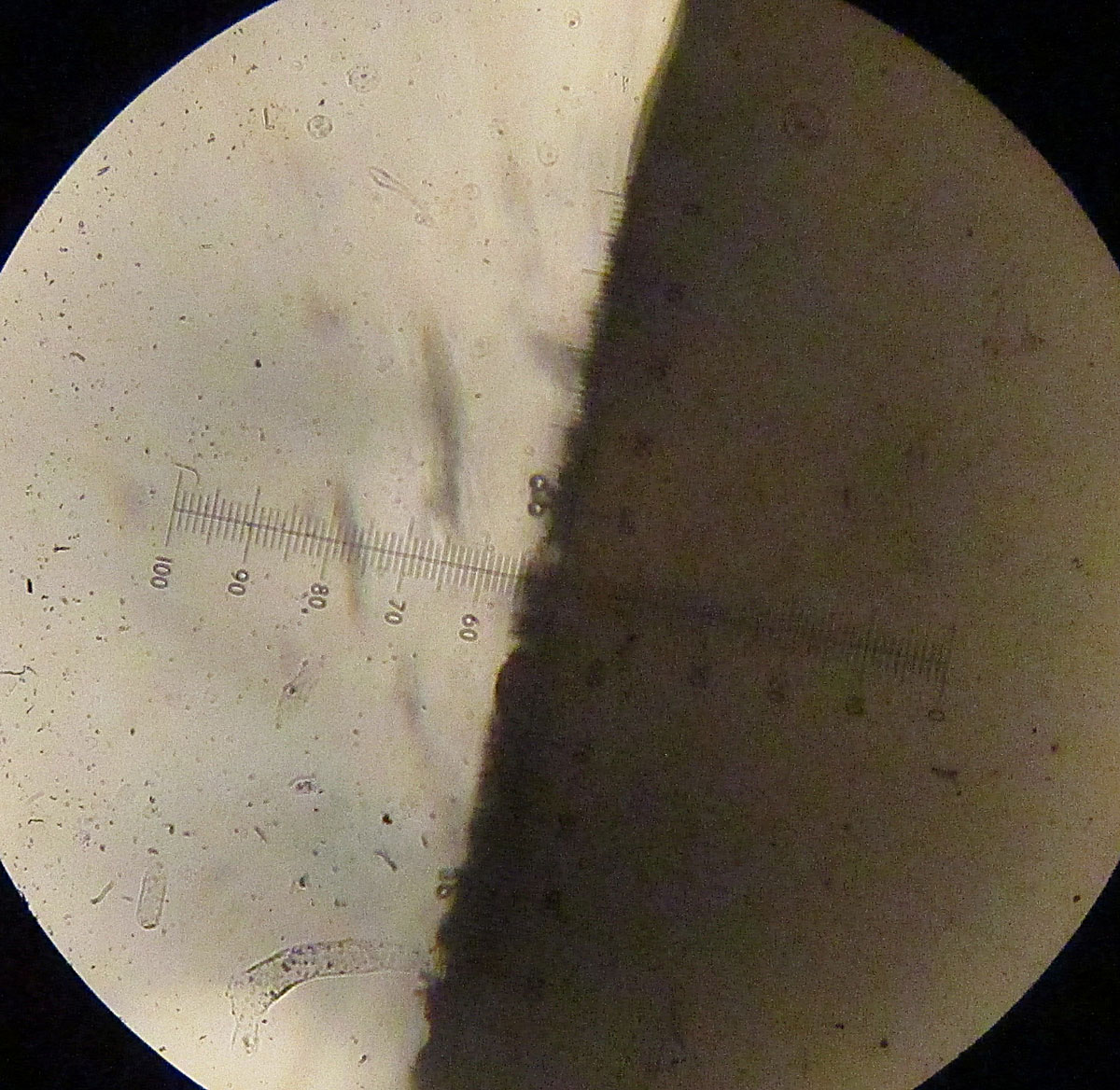
Basidia on a “flattened” plate preparation. (2.4 µm/div):
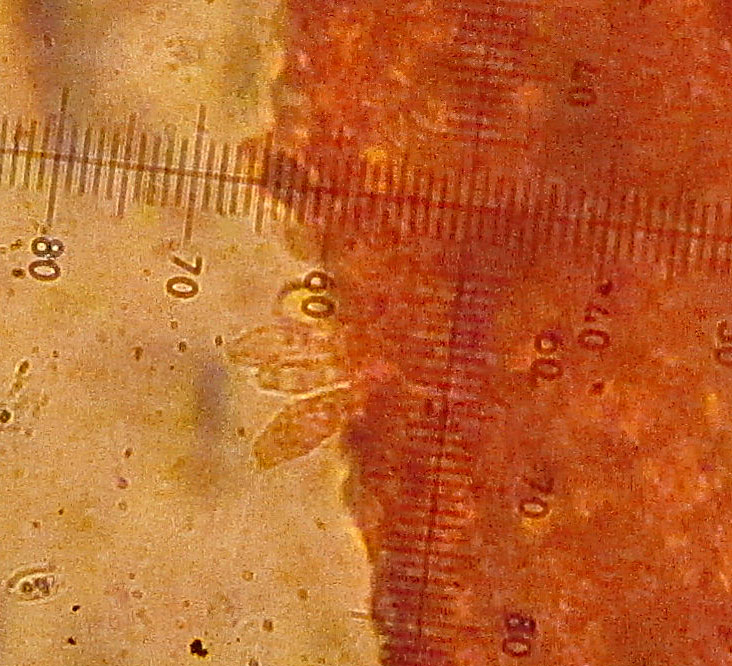
Cheilocystidia (2.4 µm/div):
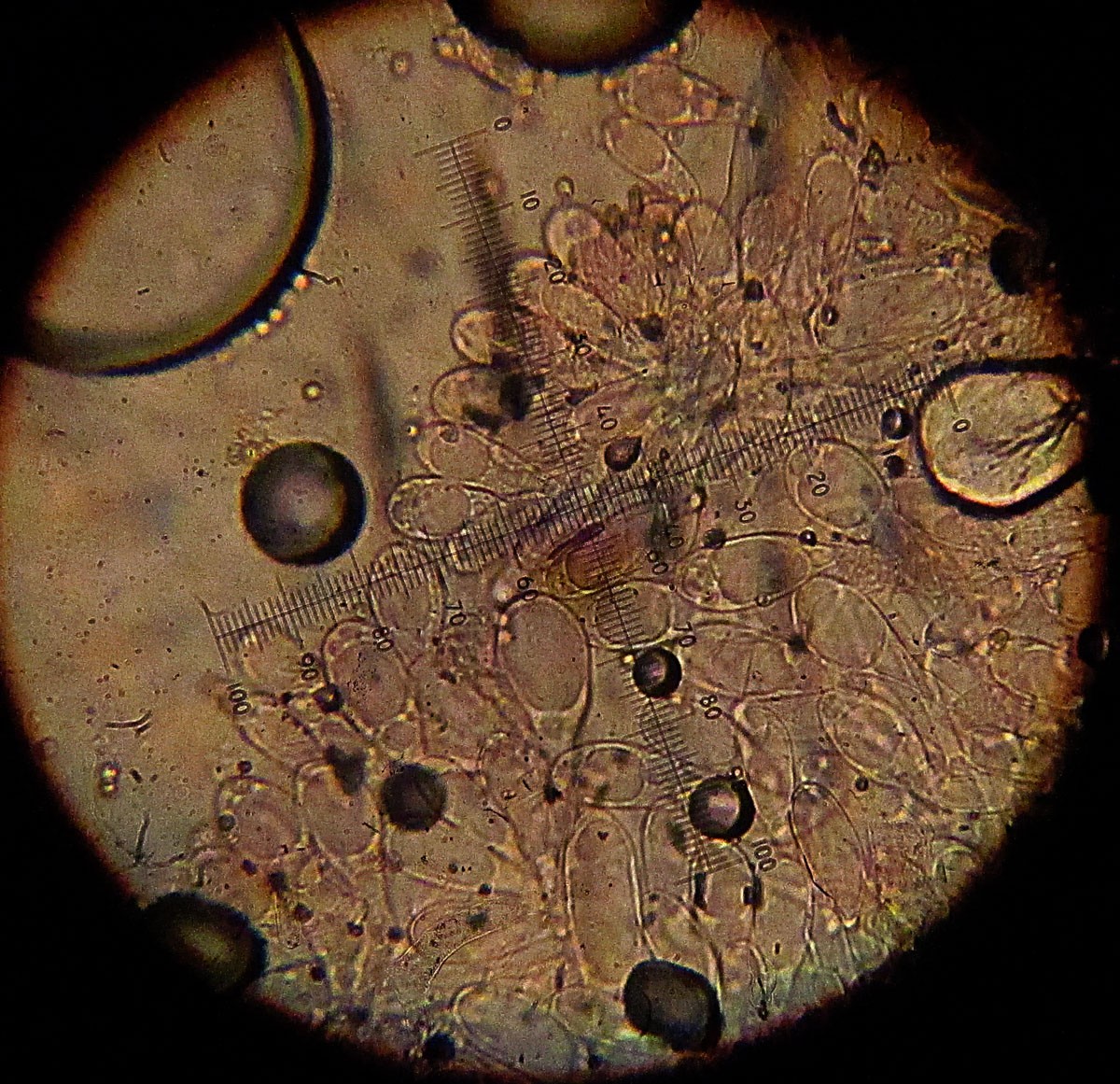
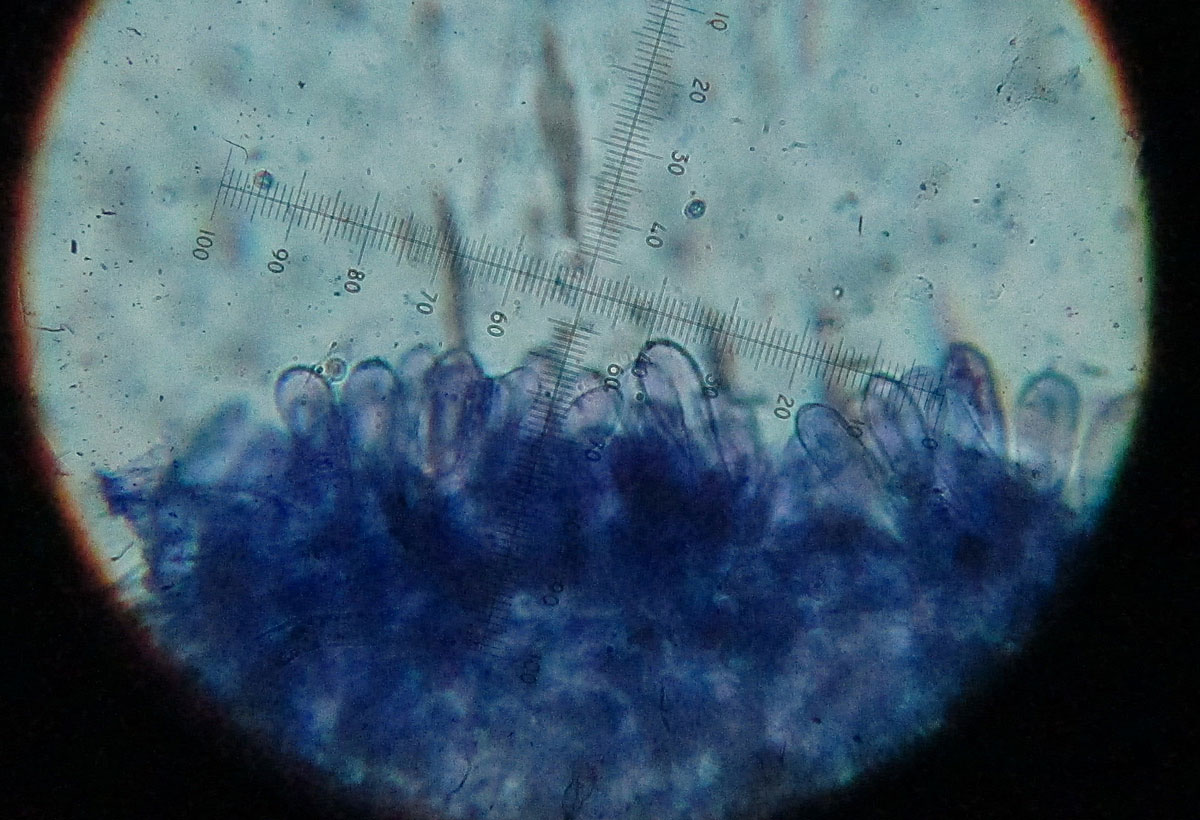
Terminal elements of pileipellis (than pubescent), (2.4 µm/div):
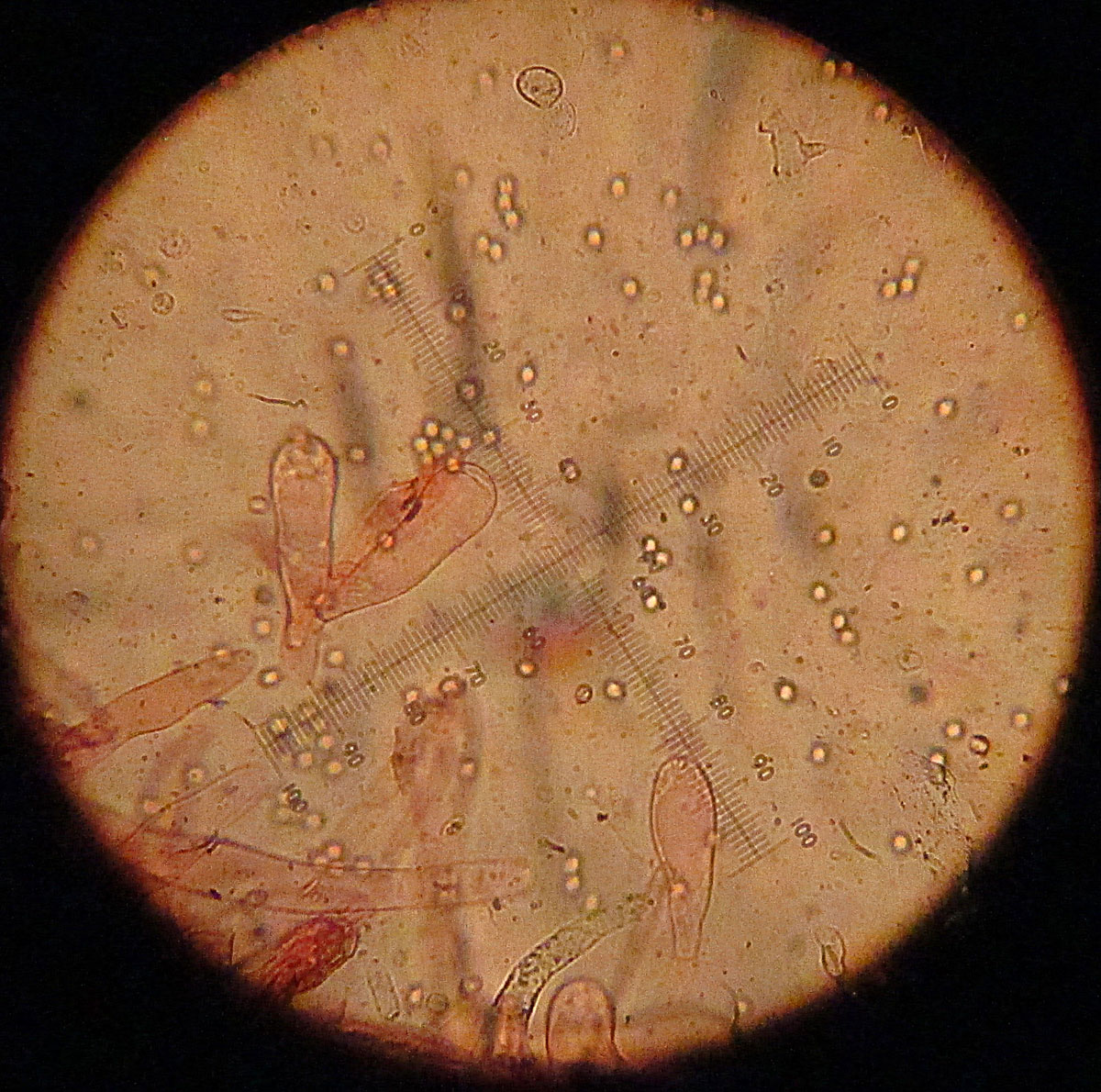
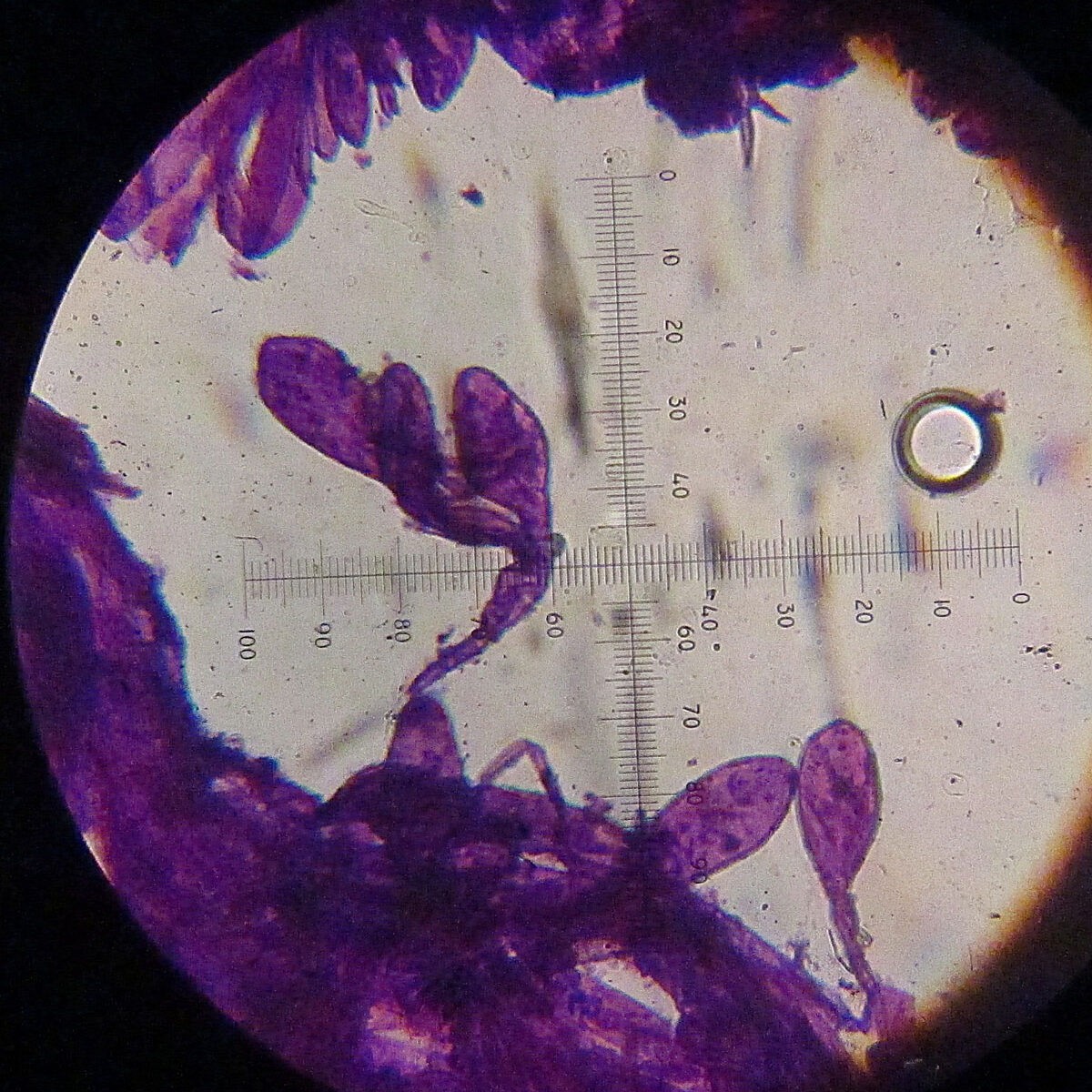
Spores (0.94 µm/div):
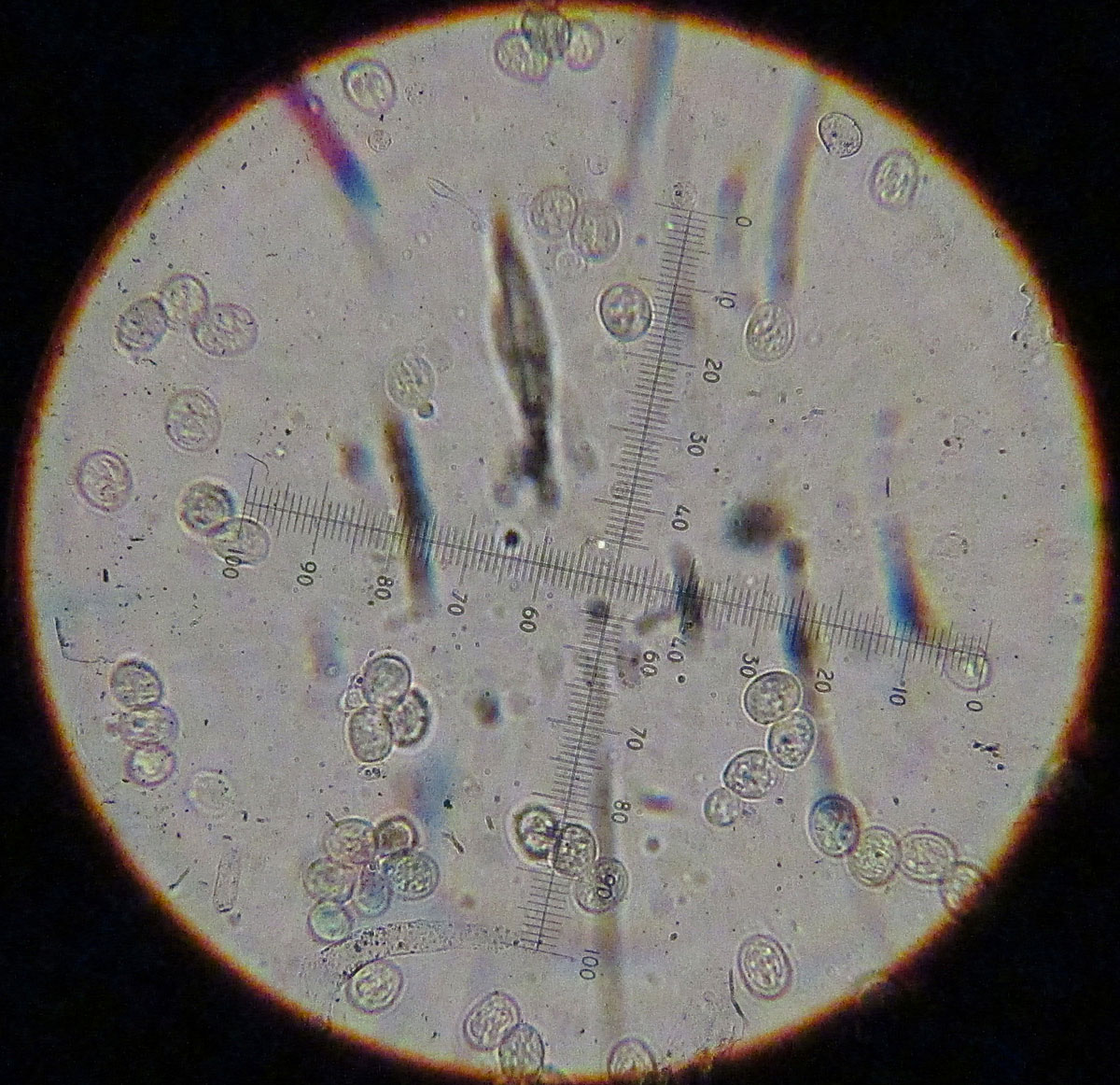
Saprotroph on soil containing the remains of dead wood. Velvety-legged whip is able to develop on large and small deadwood of both deciduous and coniferous species, buried wood, sawdust, often grows on the soil in forests and meadow communities. The rot caused by the fungus is white, but in general, the dynamics of decay processes has not been studied enough. The distribution area is quite extensive, found in Europe, including the British Isles, in Our Country, both in the European and Asian parts. Occurs infrequently. The fruiting season is from July to October.
Suamu e le mafai ona 'aina.
Pluteus plautus var. Terrestris Bres. with a black-brown velvety hat up to 3 cm in size, grows on the soil.
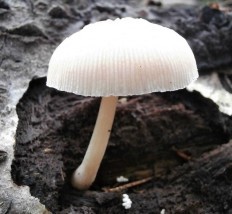
Tuberous whip (Pluteus semibulbosus)
Very similar. Sometimes, given the variability of both species, only microscopy helps to distinguish between them. According to macro-features, the velvety-legged Pluteus differs from the tuberous Pluteus (Pluteus semibulbosus) in a darker cap color.
Author block
Ata: Andrey, Sergey.
Microscopy: Sergey.









